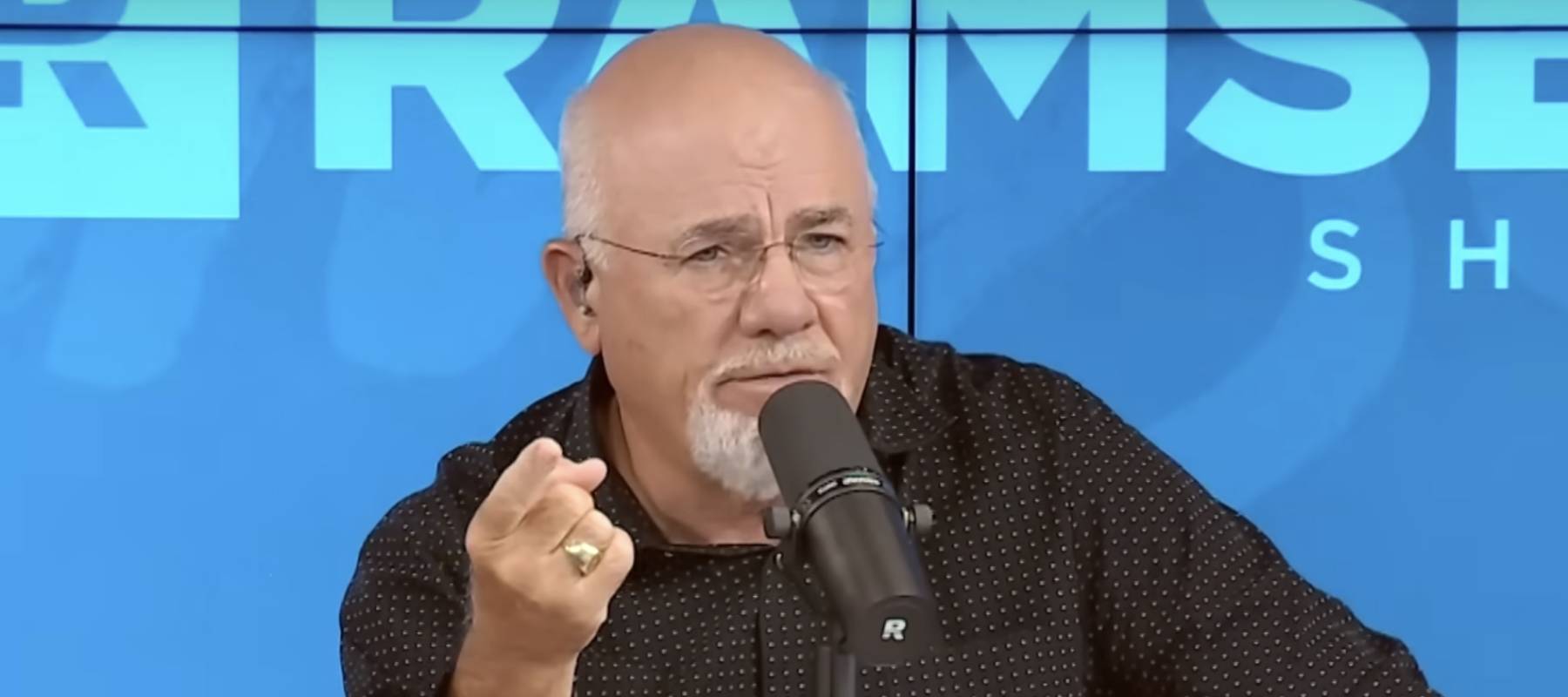
How to invest $10,000
M M Vieira / Shutterstock
Updated: August 15, 2023
We adhere to strict standards of editorial integrity to help you make decisions with confidence. Please be aware that some (or all) products and services linked in this article are from our sponsors.
We adhere to strict standards of editorial integrity to help you make decisions with confidence. Please be aware that some (or all) products and services linked in this article are from our sponsors.
Saving up cash for emergencies and short-term spending needs is an essential part of your personal finances, but for longer-term goals, your money can grow a lot more by investing it. If you have more cash than you need for savings and your emergency fund, it's a good idea to consider investing the rest. Savings accounts offer relatively low-interest rates and little opportunity for growth compared to stocks, bonds, and other investments.
Considerations before you invest $10,000
Depending on your needs and goals, any of the options listed below could be the best way to invest $10,000.
Choose between hands-on and hands-off investing
When deciding how to invest $10,000, the first decision you have to make is whether you want to actively manage your portfolio or put your money into a passive investment plan. There are pros and cons to each. For most investors, passive investing is the best long-term decision.
Active investing
Hands-on investing (aka active investing) could include picking single stocks or trying out riskier assets like options. E*TRADE is one broker that has great options for active investing.
Pros and cons of active investing
Pros
- Potential to outperform the market in the short term
- Professionally managed active funds typically underperform market indices
- More exciting and engaging investment experience for some investors
Cons
- Potentially higher investment costs
- Often higher investment risk
- More time-intensive
Passive investing
Hands-off investing (aka passive investing or buy-and-hold) could mean picking a portfolio of mutual funds or exchange-traded funds (ETFs) or handing your portfolio over to a robo-advisor or even a wealth manager such as Empower.
There are many ways to handle your investments. Taking a few minutes to think about how much time you want to spend handling your investments can guide your decision.
Pros and cons of passive investing
Pros
- Strong long-term potential
- Less time-intensive
- Often lower investment risk
- Ideal for index fund investing
Cons
- A less exciting investment strategy
- You may miss important market news impacting your portfolio
Understand the goal for your $10,000 investment
Of course, you want to make money when investing. But it's wise to think about a more specific goal for your $10,000 investment. Major brokerages often categorize investment goals along these lines:
- 1.
Capital preservation: Capital preservation is the goal of growing your money with the least possible risk. If you are investing with a goal of capital preservation, you may give up higher growth to avoid potential losses.
- 2.
Investment growth: Investment growth is a goal where someone is willing to take a little more risk to earn more. Most younger investors should focus on this type of investment plan.
- 3.
Speculation: Speculation is a goal of growing your money while taking on significant risk. When involved in high-risk investments, you are also at a higher risk of losses.
One of these strategies could line up with a specific goal, such as investing to pay for your kids' college or a future vacation home. Knowing why you are investing helps you point your funds into the right type of account and the right investment assets for your needs.
Best ways to invest $10,000
1. Maximize your retirement funds
The first place to invest is your company's 401(k) plan, if you have access to one. Investing in a 401(k) account often comes with a match from your employer. And in most situations, it's a good idea to invest in your 401(k) up to the match, ahead of any other investment goal. After all, that is free money.
If you have $10,000 saved up already, consider increasing your 401(k) contribution. And if you're able to, make a one-time contribution to capture the added tax advantages of a 401(k) plan. But if you've already reached your employer match, you may want to avoid putting too much extra into your 401(k), as it can have higher fees compared to some other retirement account options.
Max out an IRA
If you're taking the full 401(k) match and still want to invest for retirement, look to your IRA as the next best place to invest $10,000. An IRA can be funded either pre-tax with a traditional IRA or after-tax with a Roth IRA.
- Pre-tax means you don't pay any taxes on the income the year of your contribution.
- After-tax means you pay taxes on the investment, but qualified withdrawals in the future are tax-free.
Most IRA investors have a long-term focus and are best off picking an assortment of low-cost ETFs or mutual funds in their accounts. For 2023, the maximum IRA contribution is $6,500 for anyone up to 50 years old and $7,500 for those 50 and older.
Are you on track to retire? Find out with Empower2. Invest with a robo-advisor
If you want to begin investing your $10,000 in stocks but you're not sure how to go about it, one of the best ways is to use a robo-advisor.
Robo-advisors are automated investment platforms that handle all of the responsibilities of investing for you. That includes creating a portfolio, filling it with various investments, and rebalancing it periodically when allocations stray too far from their targets. With robo-advisors, all you need to do is fund your account. The platform takes care of everything else for you.
What's more, robo advisors provide an opportunity to invest in stocks, bonds and other asset classes, such as real estate and commodities. And since they invest through exchange-traded funds (ETFs), your portfolio could have hundreds or even thousands of individual securities within it.
Two of the biggest and best-known robo-advisors are Wealthfront and Betterment. Each will provide you with a fully diversified, automatically managed investment portfolio with just a few thousand dollars (we actually made a full comparison between the both here). What's more, they charge very low fees for that management service. Each charges an annual management fee of just 0.25% of your account. Here's a full Wealthfront vs. Betterment comparison.
With an investment of $10,000, the fee would be just $25 per year. That's a lot of investment management at such a small fee.
Autopilot investing
Many investors just want to put their money somewhere and have it invested on autopilot. If you don't want to tinker or worry about stocks or funds, you have several options for putting your investments on autopilot.
We already mentioned robo-advisors, arguably the best way to invest on autopilot. Other options include hiring a more expensive financial advisor to manage your investments. Or you can put money into a target-date fund, a type of investment fund managed for people looking to retire around a specific date in the future.
3. Invest $10,000 with an online broker
Single stocks are somewhat riskier than mutual funds and ETFs, as each company has a bigger impact on your overall investment results. But many investors would rather choose their own investments individually than buy into a fund managed by someone else.
One of the brokerage companies that we like is Ally Invest. They offer commission-free trades for stocks and ETFs. In fact, a lot of major brokerages dropped their fees for buying and selling stocks in 2019. Now we can all enjoy investments without paying an extra $5 or $10 every time we want to buy or sell. Read more about how to invest in stocks.
4. Invest $10,000 in real estate
Real estate has proven to be one of the very best investments, representing serious competition with stocks. In most situations, buying real estate for investment purposes wouldn't be possible with $10,000. Part of the problem is that investment real estate generally requires a down payment of at least 20%. But you can get around that with real estate crowdfunding.
Real estate crowdfunding is actually P2P investing and lending, except that, rather than consumer loans being the investment vehicle, they're invested instead in real estate or mortgages.
Crowdfunding projects vary from one platform to another. For example, one may invest primarily in commercial real estate. Another may invest in apartment complexes. Still, another may center on fix-and-flip investments involving single-family homes and other properties.
You can generally invest in real estate crowdfunding with as little as $1,000. The top real estate crowdfunding service worth checking out is CrowdStreet, which doesn't charge any fee: all fees are paid by the sponsors.
5. Invest $10,000 in a taxable brokerage account
401(k) and IRA accounts offer some excellent tax advantages over time. But they also lock your money away until retirement. If you want to retire early or want to tap into your investments before reaching your golden years, a taxable brokerage account is the best place to hold your funds.
Ally Invest, mentioned above, is one company that offers this type of account. Once you open a brokerage account, you can buy and hold stocks, funds, and other assets. If you don't have a brokerage account yet, you can find our favorite stock brokers here.
6. Lower-risk ways to invest $10,000
Pay off high-interest credit card debt
If you have high-interest debt from credit cards or other loans, consider putting your $10,000 into your debt payoff plan. That could leave you with a lot more money to invest later on.
While you may not think of credit cards as a part of your investments, paying off high-interest credit card debt could be one of the best long-term investment decisions you ever make. Credit cards often charge well over 20% interest. And this can drain your bank account, keeping you from investing elsewhere.
Increase your emergency fund
Did you know that 40% of households in the United States can't afford to pay for a $400 emergency from their savings? This statistic from the Federal Reserve shows just how fragile many Americans' finances are. If you don't have enough cash to cover an unexpected car repair, home repair, injury or illness, consider putting some or all of that $10,000 into an emergency fund.
Many experts suggest keeping at least three months of expenses saved for emergencies. After all, unexpected layoffs and job losses can happen at any time. And if your job isn't stable, consider doubling that goal to at least six months of expenses in savings for emergencies.
Fund an HSA account
Health savings accounts (HSA) offers the best tax benefits of any investment account available today. With an HSA, you can contribute to the account with pre-tax dollars. And if you use the funds for qualified healthcare expenses, you don't even pay taxes on withdrawals.
You can use an HSA only if you have a qualifying high-deductible health plan (HDHP). If you do, you may be able to get an HSA through your employer or choose one of our favorite HSA accounts to manage it yourself.
High-interest savings accounts
All of the investments listed above provide annual rates of return that are typically higher than what you might get on completely safe, interest-bearing investments. But they also involve a significant degree of risk (except for paying off credit cards). The risk is that you could lose some of your money while investing. In most cases, the returns will be positive if you hold on for several years. But there may be times along the way when your investment value will drop below your initial investment.
If that scares you and you want completely safe investments for your money, you can do that with a high-yield savings account or money market account.
Here are examples of banks currently paying interest rates that are well above average on both savings accounts and money market accounts.
None of these rates will make you rich. In fact, they probably won't even keep you ahead of the current rate of inflation, which is running at around 2.2%. But they will keep your money completely safe, as well as pay interest rates that are many times higher than the national average of 0.06% currently being paid on typical savings accounts.
Fund a 529 account
If you have kids and plan to send them to college at some point in the future, it's a good idea to start saving early. A 529 college savings plan offers many of the same benefits as a pre-tax retirement plan. But you use the funds for education expenses instead of retirement.
Most states have their own 529 plans. But you don't have to use your state's plan. Every plan has different investment options and fees. So, it's a good idea to do a little shopping around to make sure your 529 account is best for your family's education plans.
Start a CD ladder
For those looking for the best way to invest $10,000 that doesn't have any risk, a CD ladder could be a good fit. A CD ladder is a combination of certificates of deposit (CDs) set to mature over a series of future dates. But if you need your funds early, you may have to pay an interest penalty that can be quite hefty.
CDs usually come with FDIC or NCUA insurance, which means you are guaranteed by the government to get your money back even if the bank goes out of business. These accounts lock in your interest rate until a specific date in the future when you can withdraw or renew your CD for another term.
Buy U.S. Treasury securities
If you want completely safe investments that pay (generally) higher rates than savings accounts and money market accounts, you can look at U.S. Treasury securities. These represent U.S. government debt, and they pay higher interest rates if you're willing to tie up your money for a while.
U.S. Treasury securities fall into four basic categories:
- Treasury Bills — These are short-term government securities, with maturities ranging from 30 days to one year.
- Treasury Notes — These securities have maturities of two, three, five, seven, and 10 years. They pay interest every six months.
- Treasury Bonds — These securities have terms of 20 and 30 years and pay interest every six months.
- Treasury Inflation-Protected Securities (TIPS) — TIPS pay interest every six months and are issued for maturities of five, 10 and 30 years. The principal is adjusted by changes in the Consumer Price Index, so the value keeps up with inflation.
We've presented the yields for 30-year Treasurys but recommend caution with this term. Despite the higher interest rates, it comes with much greater risk. Longer-term securities are subject to swings in market price, due to interest rate changes. For example, when interest rates rise, the market value of a long-term bond falls.
One bonus with U.S. Treasury securities is that interest paid on the securities is generally exempt for state income tax purposes.
You can purchase Treasury securities in denominations as low as $100 at the Treasury's portal, Treasury Direct.
The bottom line
It's a good idea to keep enough cash in your checking account for a month or two of expenses, and additional cash in high-yield savings accounts for emergencies. You can also let it grow with services like Wealthfront's Cash account, which lets you easily invest into your investing account when you're ready. But beyond that, you may want to take care to avoid having too much cash.
Most checking accounts and savings accounts pay very little interest. By investing your $10,000, you are taking on a little risk that could potentially lead to big rewards. That's what investing is all about.





